
OPEC Invites Libya, Nigeria to Discuss Crude Output Cuts
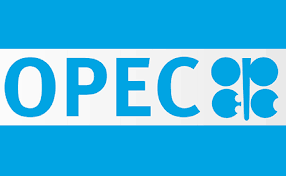
The two countries have been asked to attend the meeting in Vienna to review the latest developments in their oil sectors, Kuwait's OPEC Governor Haitham al-Ghais was reported as saying by Platts.
"Nigeria's oil production, including crude oil and condensates, is currently at around 2.2-2.3 million barrels per day, including about 300,000 to 400,000 bpd of condensates," oil minister, Emmanuel Kachikwu, said last week.
Libyan output had also recovered to reach an average of 990,000 bpd in July, its highest level in three years, up 180,000 bpd in June, according to the latest Platts OPEC survey.
This was before the closure of three fields—the 300,000-bpd Sharara, 90,000-bpd El-Fil and 10,000-bpd Hamada field, shutting in around 360,000 bpd of output since the middle of August.
"OPEC will consult with them to identify their plans," Ghais said.
The production cut agreement, which began on January 1, calls on OPEC's 14 members along with several non-OPEC countries, led by Russia, to cut a combined 1.8 million bpd in output through March.
The group will hold a technical committee meeting on September 20, looking at the continued effects of US shale oil on the global market, and the impact of Hurricane Harvey.
"The amount of production affected by the hurricane is estimated at 700,000 bpd, which may strengthen the status of the market," Ghais said.
"US production had increased by 500,000 bpd so far in 2017, compared with 2016."
This will be followed on September 22 by a committee overseeing the deal, composed of ministers from Kuwait, Russia, Venezuela, Algeria, Oman and Saudi Arabia. Sources have told Platts that Saudi Arabia and Russia are seeking to extend the deal for a further three months to June, to demonstrate their commitment to market management and dampen fears that the producers will return to a market-share battle as soon as the deal expires.


Codelco seeks restart at Chilean copper mine after collapse
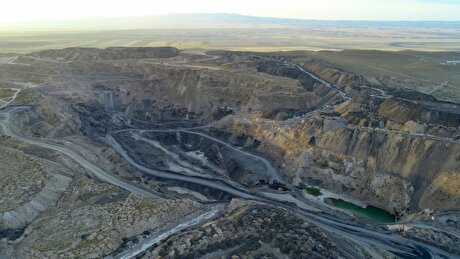
Uzbek gold miner said to eye $20 billion value in dual listing

Hudbay snags $600M investment for Arizona copper project
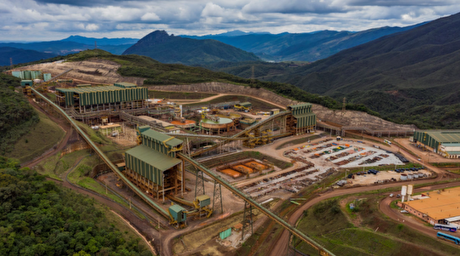
BHP, Vale offer $1.4 billion settlement in UK lawsuit over Brazil dam disaster, FT reports

Peabody–Anglo $3.8B coal deal on the brink after mine fire

A global market based on gold bars shudders on tariff threat
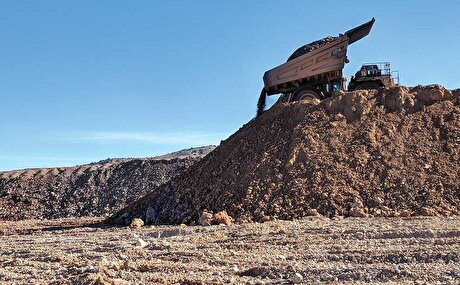
Minera Alamos buys Equinox’s Nevada assets for $115M
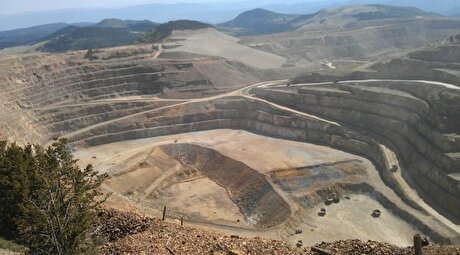
SSR Mining soars on Q2 earnings beat

Century Aluminum to invest $50M in Mt. Holly smelter restart in South Carolina

Cleveland-Cliffs inks multiyear steel pacts with US automakers in tariff aftershock
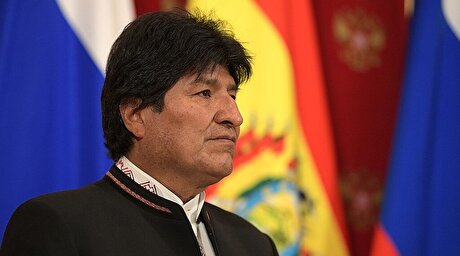
Bolivia election and lithium: What you need to know
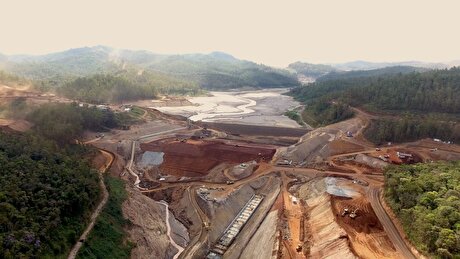
Samarco gets court approval to exit bankruptcy proceedings
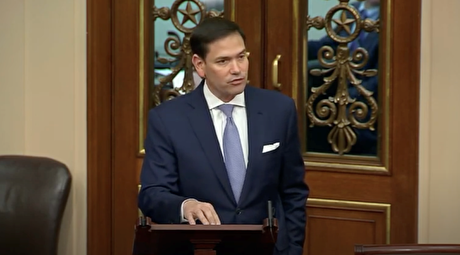
US eyes minerals cooperation in province home to Reko Diq

Allegiant Gold soars on 50% financing upsize
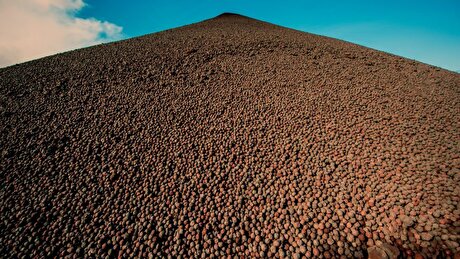
Explaining the iron ore grade shift

Metal markets hold steady as Trump-Putin meeting begins
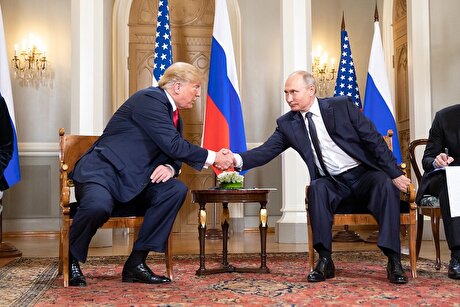
Trump to offer Russia access to minerals for peace in Ukraine

Gemfields sells Fabergé luxury brand for $50 million

Gold price stays flat following July inflation data

Cleveland-Cliffs inks multiyear steel pacts with US automakers in tariff aftershock

Bolivia election and lithium: What you need to know

Samarco gets court approval to exit bankruptcy proceedings

US eyes minerals cooperation in province home to Reko Diq

Allegiant Gold soars on 50% financing upsize

Explaining the iron ore grade shift

Metal markets hold steady as Trump-Putin meeting begins

Trump to offer Russia access to minerals for peace in Ukraine

Gemfields sells Fabergé luxury brand for $50 million















